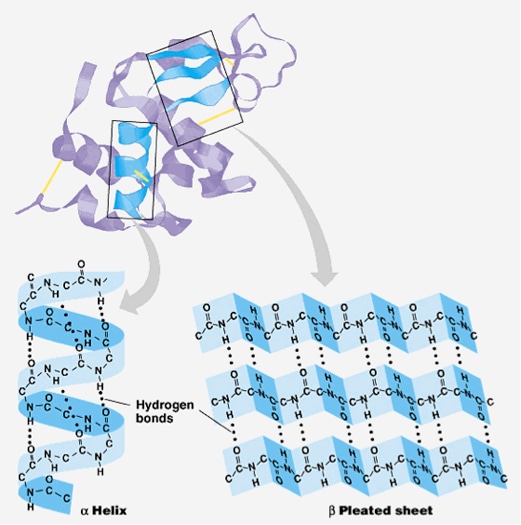



Thus, the input layer consists of R = 17x20 input units, i.e. In each group of 20 inputs, the element corresponding to the amino acid type in the given position is set to 1, while all other inputs are set to 0.

Each window position is encoded using a binary array of size 20, having one element for each amino acid type. We choose a window of size 17 based on the statistical correlation found between the secondary structure of a given residue position and the eight residues on either side of the prediction point. The input layer encodes a sliding window in each input amino acid sequence, and a prediction is made on the structural state of the central residue in the window. It is the first instance of universal quantum algorithms beingĮmployed to tackle RNA folding problems, and our work provides a valuable modelįor utilizing universal quantum computers in solving RNA folding problems.For the current problem we define a neural network with one input layer, one hidden layer and one output layer. Sequences, our quantum approach outperforms classical energy-based methods.Įxperimental results also indicate our method is robust in current noisyĭevices. Throughout our benchmark dataset, simulation results suggest that our quantumĪpproach is comparable in accuracy to classical methods. Performance with both numerical simulation and experimental realization. Solved through quantum approximation optimization algorithm. The state of a quadratic Hamiltonian, the whole folding process is described asĪ quadratic unconstrained binary optimization model. Mapped all possible secondary structure to Quantum algorithms will be presented, which are highly flexible and can beĪpplied to various physical devices. Universal quantum computing are not available. The folding of the secondary structure, highlighting that quantum computing isĪ promising solution to this problem. Recently, quantum annealer has rapidly predicted Sequences, while learning-based algorithms face challenges in obtaining TraditionalĮnergy-based algorithms are short of precision, particularly for non-nested Sequences that to know how its secondary structure is formed. Download a PDF of the paper titled Predicting RNA Secondary Structure on Universal Quantum Computer, by Ji Jiang and 7 other authors Download PDF Abstract: It is the first step for understanding how RNA structure folds from base


 0 kommentar(er)
0 kommentar(er)
